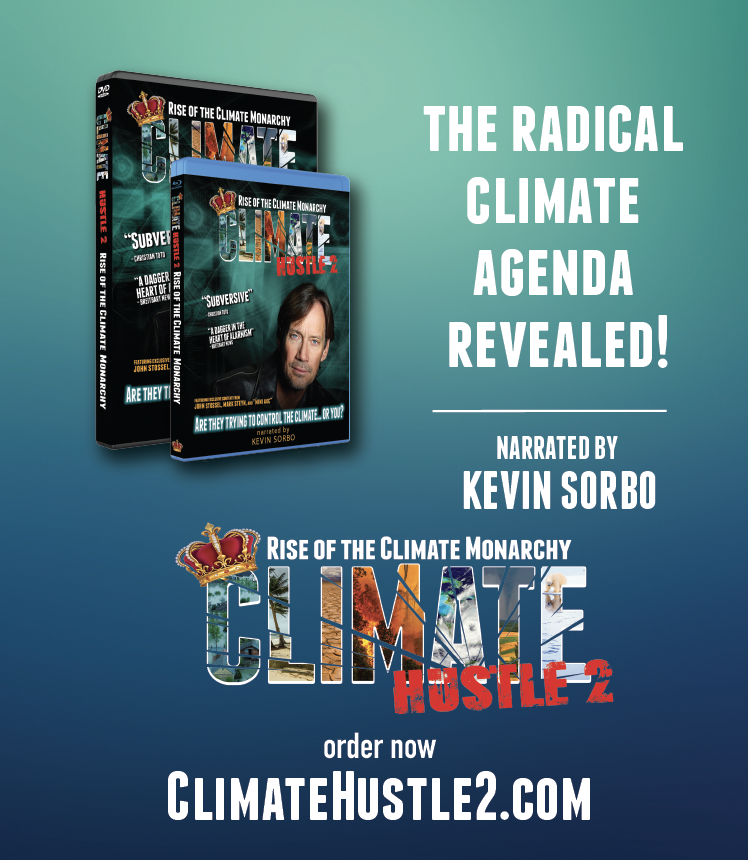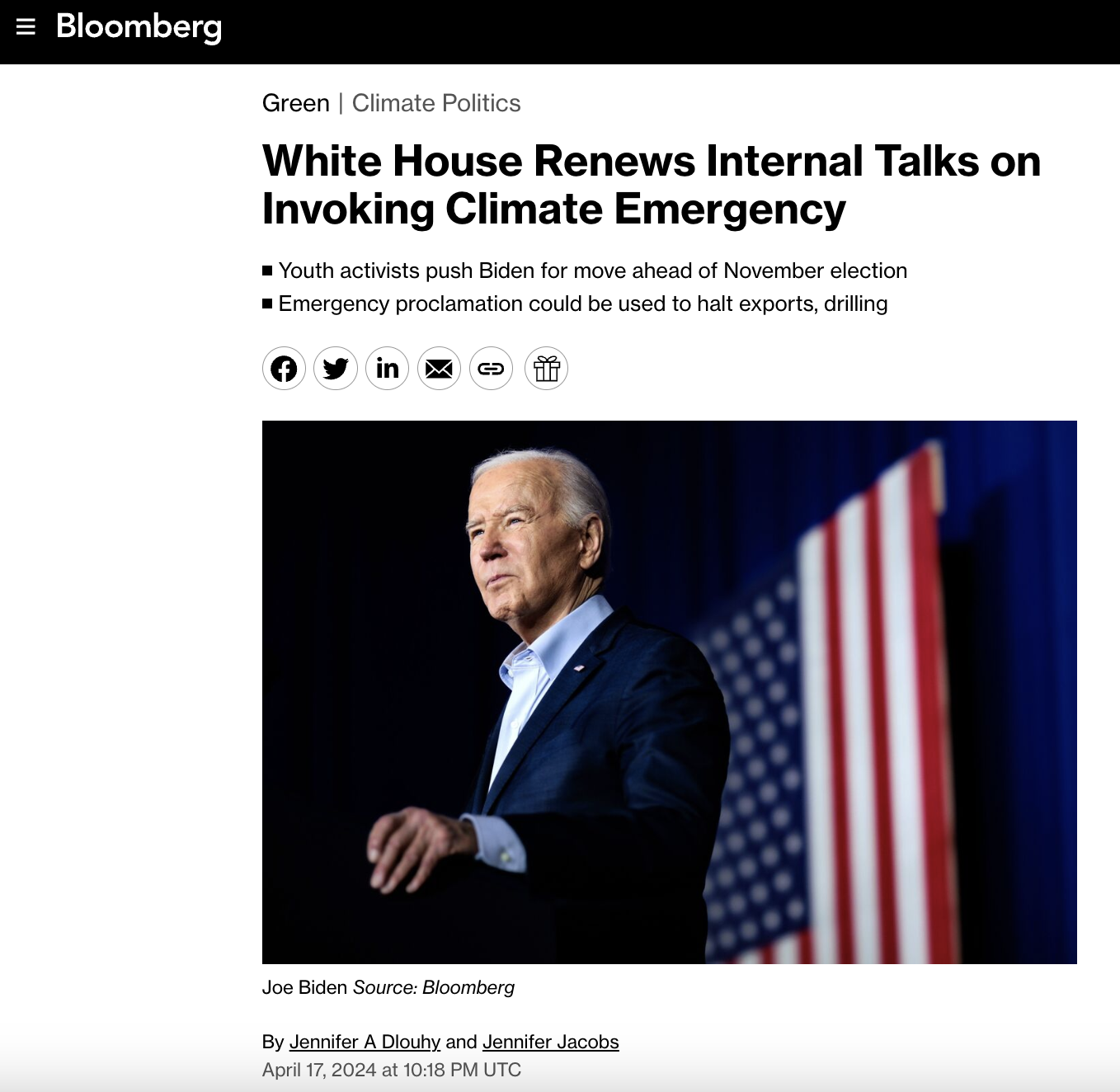Images from 2017 and 2018 show polar bears thriving in a warming world
Images from 2017 and 2018 show polar bears thriving in a warming world
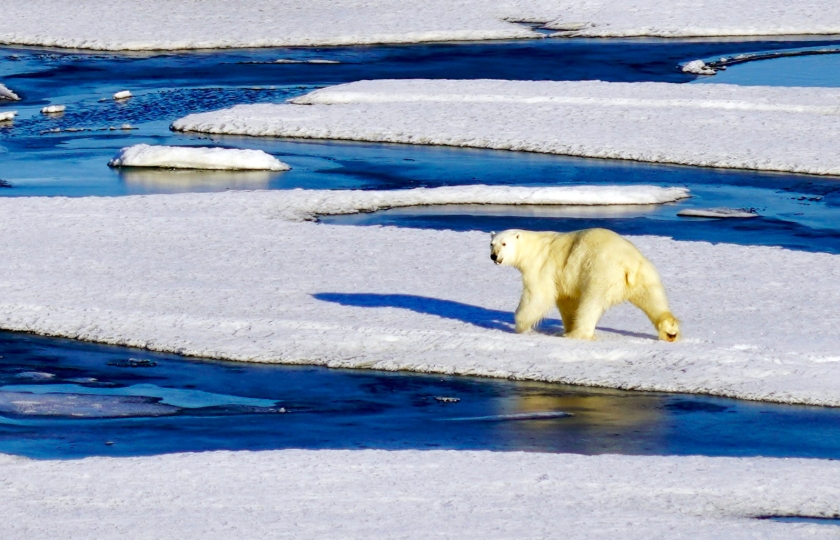
It may seem counter-intuitive but it’s true: polar bears are thriving with less summer sea ice and there are more bears now than there were in 2005 (not a statistically significant amount more, but more nevertheless).
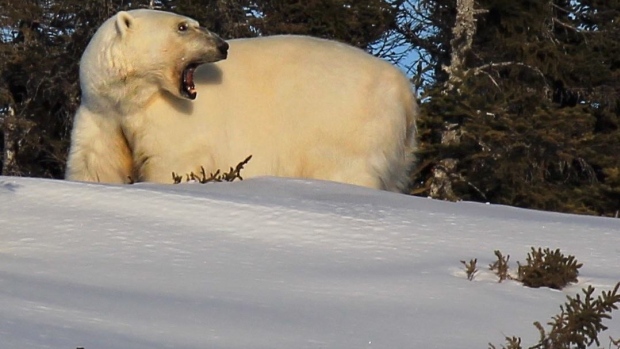
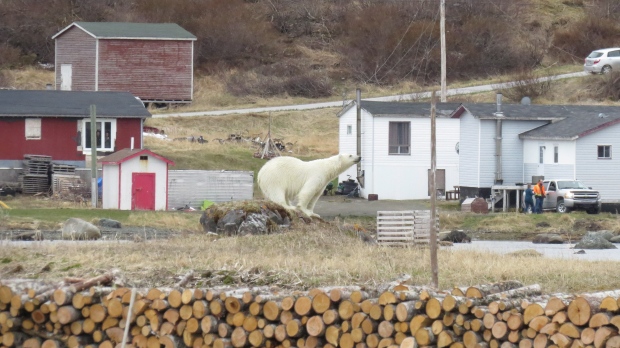
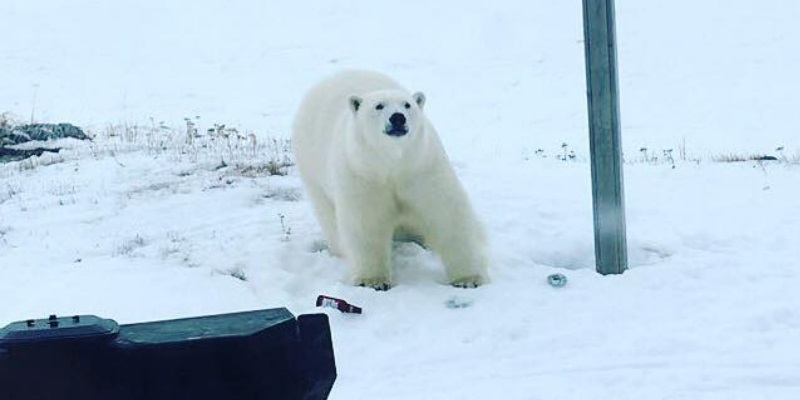
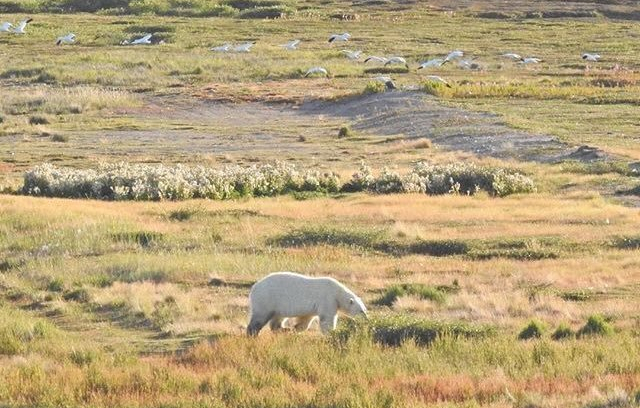
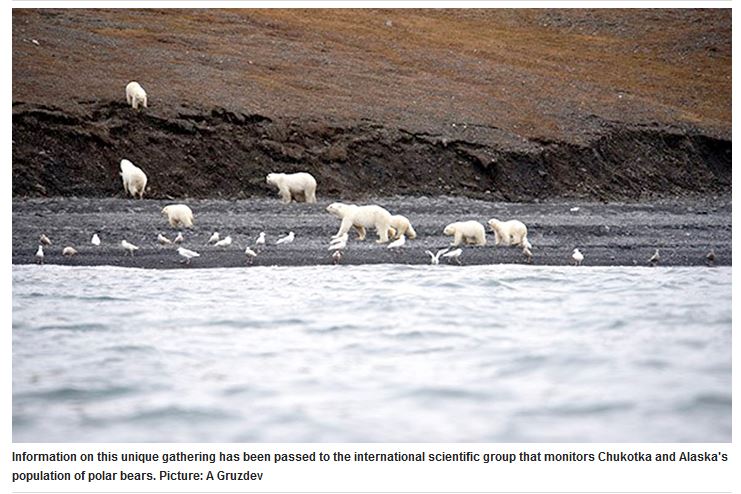
In contrast, activist-photographer Paul Nicklen had to scout the Canadian Arctic for weeks to find a thin bear to tell a dramatice story about global warming because the landscape was filled with bears in good condition. His attempt at propaganda with his emaciated bear video backfired – big time.
Yet a small portion of the general public still believe that a few images of starving polar bears represent the entire population. The image from 2015 of a wet, emaciated polar bear captured by fellow eco-photographer Kerstin Langenberger was similar to Nicklen’s: it was an injured bear nearing a natural death. Langenberger’s image was no more “what climate change looks like” than Nicklen’s dying bear.
As I pointed out in my State of the Polar Bear Report (Crockford 2018), starvation is the leading natural cause of death for polar bears. There will always be starving polar bears, no matter the state of the sea ice.
Prospects for polar bears are no worse this year than they were 10 years ago. Norwegian polar bear specialist Jon Aars recently wrote an update on the status of Svalbard bears and stated:
“…despite the loss of good denning areas and a shrinking habitat for hunting, Svalbard’s bears seem to be doing fine.…The sea ice season is now several months shorter, and the ice edge typically lies several degrees further north than what was normal 20-40 years ago….Polar bears can survive long periods without food, provided they have accumulated a good fat reserve during the few months in spring and summer when sea ice is present, and seals are abundant.” [Jon Aars, Norwegian Polar Institute, 2018]
References
Aars, J. 2018. Population changes in polar bears: protected, but quickly losing habitat. Fram Forum Newsletter 2018. Fram Centre, Tromso. Download pdf here (32 mb).
Crockford, S.J. 2018. State of the Polar Bear Report 2017. Global Warming Policy Foundation Report #29. London. pdf here.

